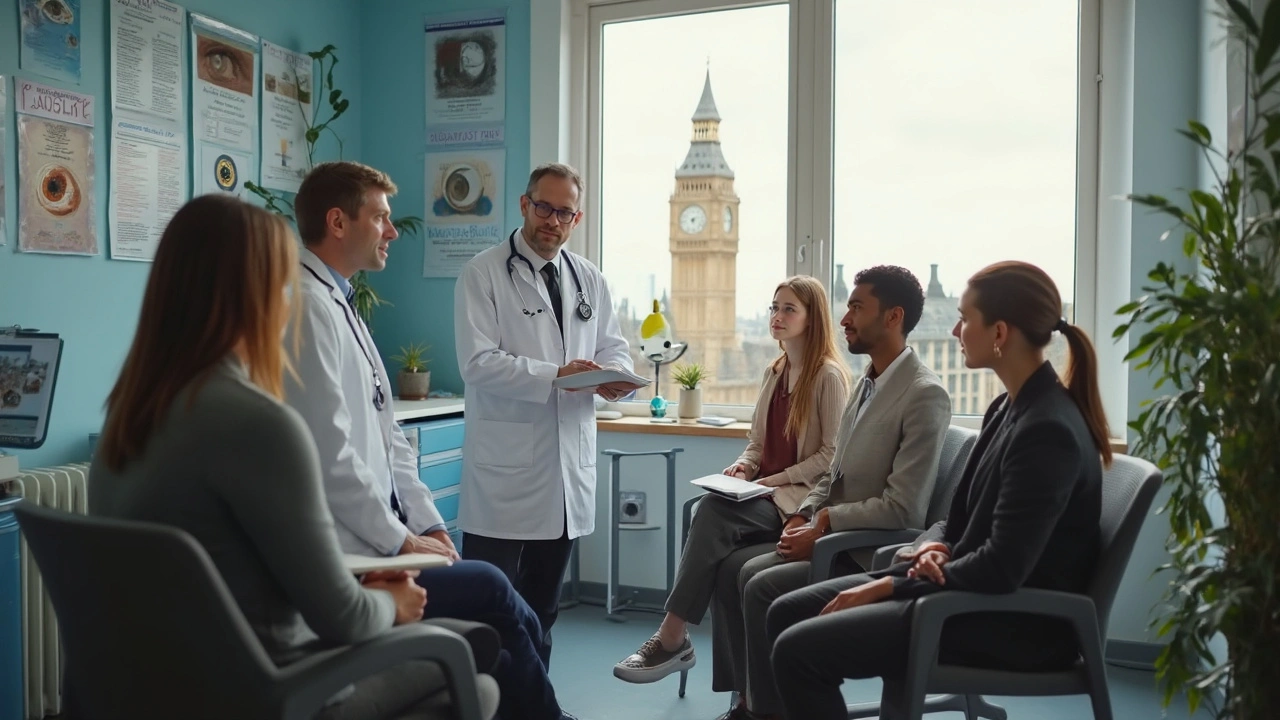Bacterial Eye Infections: What They Are and How to Treat Them Fast
Got a red, itchy eye that’s leaking pus? Chances are you’re dealing with a bacterial infection. It’s one of the most common eye problems, and the good news is it usually clears up quickly if you act right away.
Spotting the Signs Early
Bacterial conjunctivitis (pink eye) starts with gritty feeling, swelling, and a thick yellow‑green discharge. A stye looks like a small bump on the eyelid that can turn red and painful. If you notice any of these signs—especially if they spread to both eyes or get worse after a day—you should start treatment right away.
Don’t confuse it with viral pink eye, which often has watery discharge and feels more like a cold. Bacterial infections tend to produce thicker mucus and can cause crusting on the lashes overnight.
Quick‑Fix Home Care
First thing: wash your hands constantly. Use a clean cotton ball or gauze soaked in warm water to wipe away any discharge—do this several times a day. A warm compress for 5‑10 minutes can help melt the pus and ease swelling.
If the infection is mild, over‑the‑counter antibiotic ointments like bacitracin or erythromycin (available at most pharmacies) may do the trick. Apply a thin line inside the lower eyelid as directed, usually three to four times daily.
For more stubborn cases, you’ll need a prescription eye drop such as ciprofloxacin or ofloxacin. These drops work fast and are safe when used exactly as your pharmacist advises.
When to See a Doctor
If symptoms last longer than 48 hours, get worse after using OTC products, or you experience severe pain, blurred vision, or light sensitivity, book an appointment. Children under five and contact‑lens wearers are especially vulnerable and should be checked promptly.
Doctors might take a swab to identify the exact bacteria and choose the right antibiotic. In rare cases, oral antibiotics are required—especially if the infection has spread beyond the eye.
Prevention Tips You Can Use Today
Avoid touching or rubbing your eyes. Keep towels, pillowcases, and makeup separate for each person in the house. If you wear contacts, replace them as instructed and disinfect the case daily.
Good nutrition helps the immune system too. Vitamin A‑rich foods (carrots, sweet potatoes) and zinc (nuts, seeds) support eye health, while staying hydrated keeps tears flushing out irritants.
Remember, most bacterial eye infections are treatable within a week if you catch them early and follow proper care steps. Keep these tips handy, and your eyes will be back to normal in no time.


